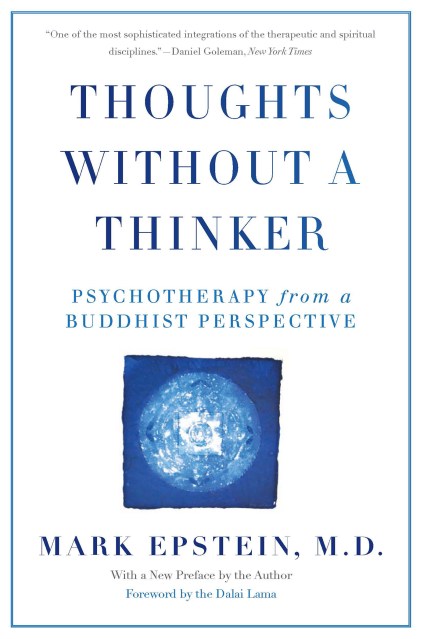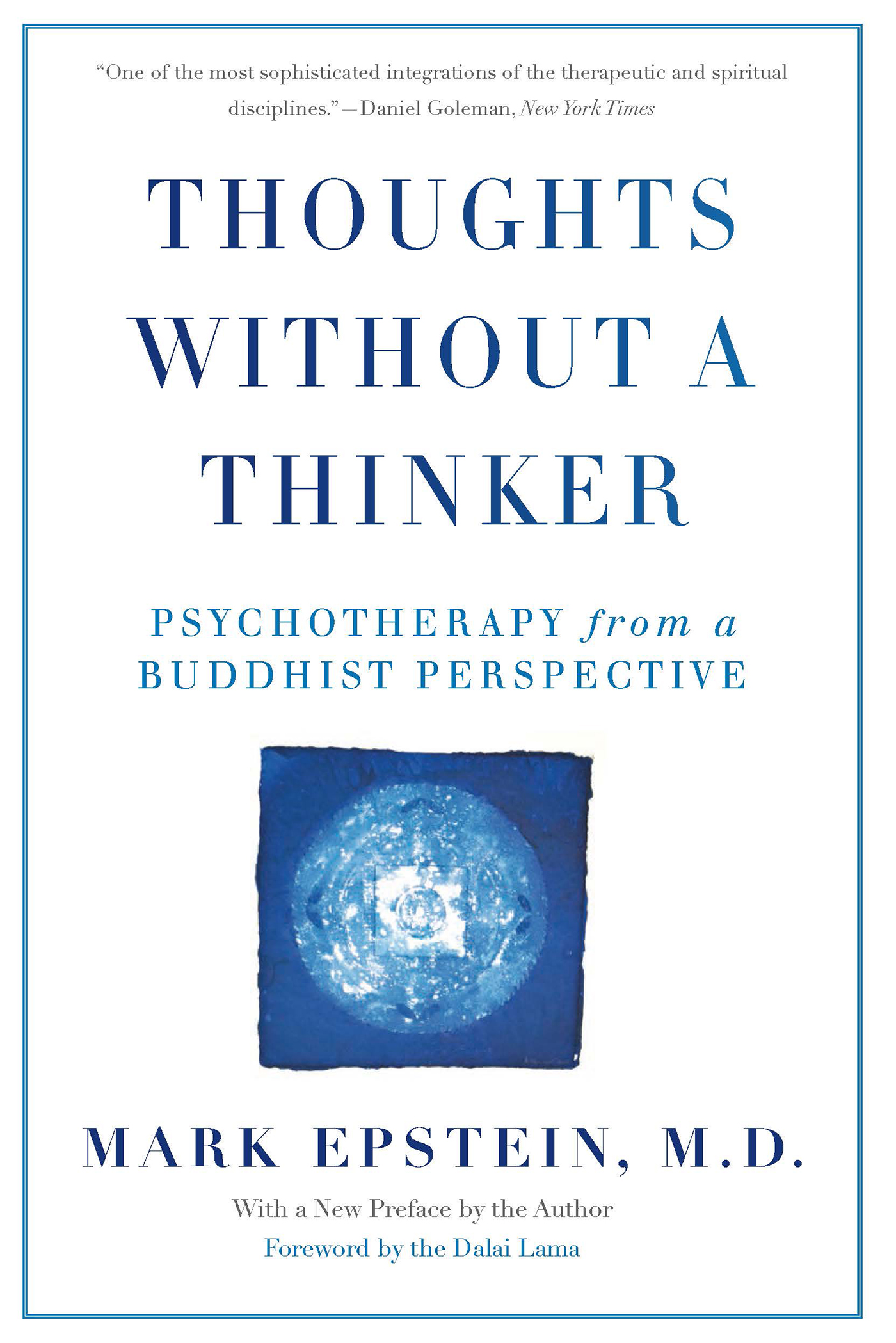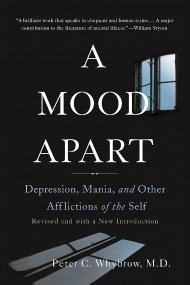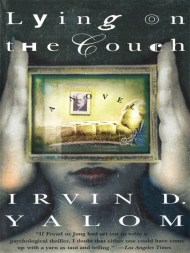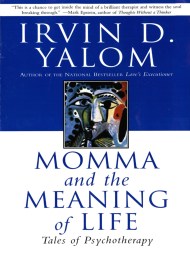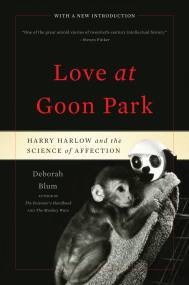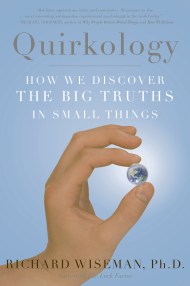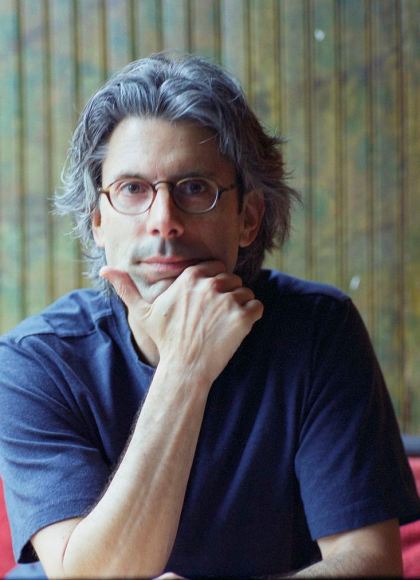Promotion
25% off sitewide. Make sure to order by 11:59am, 12/12 for holiday delivery! Code BEST25 automatically applied at checkout!
By clicking “Accept,” you agree to the use of cookies and similar technologies on your device as set forth in our Cookie Policy and our Privacy Policy. Please note that certain cookies are essential for this website to function properly and do not require user consent to be deployed.
Thoughts Without a Thinker
Psychotherapy from a Buddhist Perspective
Contributors
By Mark Epstein
Formats and Prices
- On Sale
- Jul 30, 2013
- Page Count
- 272 pages
- Publisher
- Basic Books
- ISBN-13
- 9780465063925
Price
$13.99Price
$17.99 CADFormat
Format:
- ebook (Revised) $13.99 $17.99 CAD
- Trade Paperback (Revised) $17.99 $22.99 CAD
This item is a preorder. Your payment method will be charged immediately, and the product is expected to ship on or around July 30, 2013. This date is subject to change due to shipping delays beyond our control.
Buy from Other Retailers:
“One of the most sophisticated integrations of the therapeutic and spiritual disciplines.” —New York Times
The line between psychology and spirituality has blurred as clinicians, their patients, and religious seekers explore new perspectives on the self. A landmark contribution to the field of psychoanalysis, Thoughts Without a Thinker describes how Buddhist teachings in particular have reshaped understandings of our minds and behavior. Drawing upon his own experiences as a psychotherapist and meditator, New York-based psychiatrist Mark Epstein lays out the path to meditation-inspired healing. Thoughts Without a Thinker offers a revolutionary understanding of what constitutes a healthy emotional life.
Genre:
-
“One of the most sophisticated integrations of the therapeutic and spiritual disciplines.”Daniel Goleman, New York Times
-
“Eloquent yet down‑to‑earth, this gem offers an exhilarating and expansive perspective on the therapeutic process.”Booklist
-
“A highly personal, thoughtful, illuminating synthesis.... Patients, psychologists, and mediators...will find much spiritual nourishment.”Publishers Weekly
-
“Epstein tries bravely and earnestly to make such matters of the mind and heart as clear as possible.”Robert Coles, New England Journal of Medicine
-
“Mark Epstein’s book is inspired by its lucidity.... After Thoughts Without a Thinker, psychotherapy without a Buddhist perspective looks like a diminished thing.”Adam Phillips, author of Missing Out
-
“A groundbreaking work.... The book will take its place among the classics of the literature of meditation.”Jon Kabat-Zinn, author of Mindfulness for Beginners
-
“A marvelous book that is at once scholarly and fresh, informative and personal.”Stephen A. Mitchell, author of Can Love Last?
-
“A most lucid and expert account of the wedding of psychotherapy and meditation. An Eastern‑Western psychology that truly speaks from the inside of both worlds.”Jack Kornfield, author of The Wise Heart
-
“I loved Thoughts Without a Thinker. Mark Epstein has given us a brilliant account of how an ancient science of mind, based on a rich meditative tradition, can complement therapy and lead to new dimensions of wisdom and wholeness.”Joan Borysenko, author of Minding the Body, Mending the Mind
-
“Epstein’s solid book offers another example of contemporary efforts to revitalize psychotherapy.”Spirituality and Practice
Newsletter Signup
By clicking ‘Sign Up,’ I acknowledge that I have read and agree to Hachette Book Group’s Privacy Policy and Terms of Use
